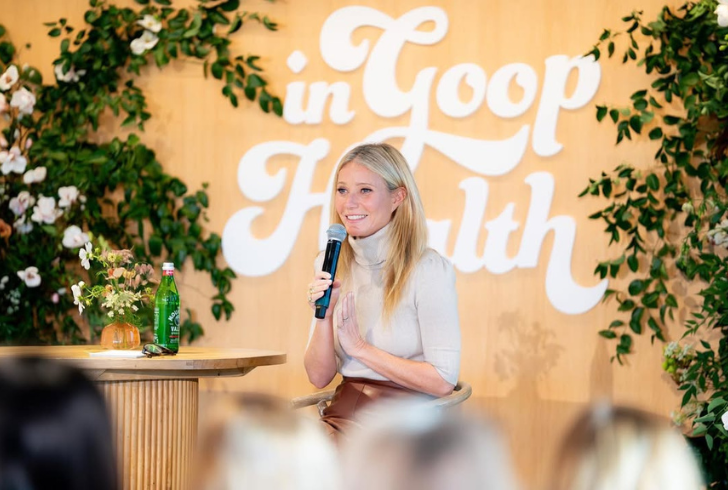Gwyneth Paltrow’s GOOP Journey
Gwyneth Paltrow became a household name during a time when celebrity revolved around talent, not content. Long before Instagram turned selfies into business models, Paltrow quietly built the blueprint for turning fame into influence—and then into an empire.
Her journey, as profiled in Amy Odell’s revealing biography, unpacks how she transitioned from Oscar-winning actress to CEO of one of the most talked-about wellness brands in the world.
The Brand That Sparked a Movement
In 2008, Paltrow launched GOOP as a simple newsletter offering travel suggestions, clean recipes, and upscale lifestyle tips. At the time, few predicted it would evolve into a global brand with massive cultural pull. Yet by the mid-2010s, GOOP was everywhere. From luxury skincare to supplements and fashion collaborations, the brand drew praise and ridicule in equal measure.
One product—a jade egg priced at $66 and intended for vaginal use—ignited both headlines and parodies. The candle with an unforgettable name did too, though GOOP never paused for the backlash.

Instagram | @digs_hub | Launched in 2008 as a simple newsletter, GOOP unexpectedly grew into a massive global lifestyle brand.
Still, the GOOP brand thrived. Through controversies and criticism, Paltrow didn’t back down. Instead, she leaned into the attention and shaped it into momentum. Saturday Night Live lampooned her, media outlets questioned her wellness claims, and lawsuits followed, but her audience grew stronger.
Born Into Fame, Built for Business
Odell’s book doesn’t gloss over the advantages Paltrow had. As the daughter of actress Blythe Danner and director Bruce Paltrow, she entered Hollywood with a head start. Her friendship with Brad Pitt and her breakthrough roles, such as her Oscar-winning performance in “Shakespeare in Love,” kept her in the public eye.
Yet unlike many of her peers, Paltrow embraced controversy. She didn’t strive for universal approval. Instead, she built a persona that sparked debate. GOOP’s philosophy wasn’t built on hard science—it revolved around a feeling. It sold the idea of glowing, balanced wellness in a perfectly curated package. It wasn’t about being relatable. It was about aspiration.
Strategic, Not Careless

Instagram | @theretaility | With Goop, Paltrow successfully transformed her celebrity status into a marketable empire.
Odell’s biography doesn’t let Paltrow off easy. It addresses GOOP’s reliance on questionable science, her extreme dietary routines, labor-related legal issues, and infamous quotes—such as the moment she claimed she’d “rather smoke crack than eat cheese from a tin.” That statement, Odell argues, wasn’t flippant—it was intentional. It grabbed headlines, trended, and kept the GOOP machine running.
The book frames Paltrow as someone who understood brand power early. She recognized the value of controversy and knew how to convert attention into revenue. Netflix collaborations and nine-figure valuations followed, making GOOP into a commercial and cultural conversation piece.
Paltrow didn’t chase likability. She chased influence—and won. GOOP isn’t just a wellness company. It’s a masterclass in turning personal choices into marketable lifestyle content. While critics continue to question her methods, the impact remains. Paltrow successfully redefined what it means to turn celebrity into something bigger, even when the world watched with skepticism.